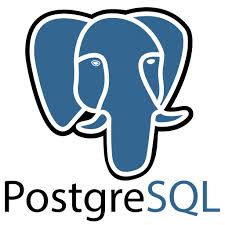White Paper: Comprehensive Database Migration Strategy
Introduction
Database migration is a critical process that involves moving a database from one platform to another. It requires careful planning, execution, and testing to ensure minimal downtime and data loss. This white paper provides a comprehensive strategy for migrating MariaDB, MySQL, and PostgreSQL databases to a new platform, along with essential backup considerations.
Key Considerations for Database Migration
- Data Volume and Complexity:
- Small Databases: Simple dump and restore methods might suffice.
- Large Databases: Consider logical or physical replication for efficient data transfer.
- Downtime Tolerance:
- Zero Downtime: Utilize replication techniques or online schema changes.
- Minimal Downtime: Plan for scheduled maintenance windows.
- Network Bandwidth:
- High-Bandwidth Networks: Direct data transfer or network-based replication can be efficient.
- Low-Bandwidth Networks: Consider offline backups or compression techniques.
- Target Platform Compatibility:
- Hardware and Software: Ensure compatibility between source and target platforms.
- Database Version: Verify compatibility with the target platform's database version.
- Security and Compliance:
- Data Encryption: Implement strong encryption measures during transfer and storage.
- Access Controls: Enforce strict access controls on both source and target databases.
- Compliance Standards: Adhere to relevant data protection regulations.
Backup and Recovery Strategy
A robust backup and recovery strategy is essential for a successful database migration:
- Pre-Migration Backup:
- Full Database Backup: Create a full backup of the source database.
- Incremental Backups: Take incremental backups to capture changes since the full backup.
- Data Transfer Methods:
- Logical Dump and Restore: Use mysqldump or pg_dump to create a logical dump and restore it on the target server.
- Physical Backup and Restore: Use tools like xtrabackup or pg_basebackup to create a physical backup and restore it on the target server.
- Replication: Set up replication between the source and target servers to minimize downtime.
- Post-Migration Verification:
- Data Integrity: Verify data integrity by comparing checksums or running data validation scripts.
- Database Performance: Monitor database performance and optimize as needed.
- Application Testing: Test applications to ensure they function correctly with the migrated database.
Best Practices for Database Migration
- Detailed Planning: Create a detailed migration plan, including timelines, checkpoints, and rollback procedures.
- Thorough Testing: Test the migration process in a non-production environment to identify and resolve issues.
- Minimize Downtime: Use techniques like replication and zero-downtime migrations.
- Monitor the Migration Process: Continuously monitor the migration process to identify and address any problems.
- Document the Process: Document the migration process to facilitate future migrations and troubleshooting.
References and Tools
- MariaDB Documentation: https://dev.mysql.com/doc/
- PostgreSQL Documentation: https://www.postgresql.org/docs/current/backup.html
- mysqldump: [invalid URL removed]
- pg_dump:
By following these guidelines and leveraging the recommended tools, you can successfully migrate your MariaDB, MySQL, or PostgreSQL databases to a new platform, minimizing downtime and ensuring data integrity. Contact ias-research.com for details.



